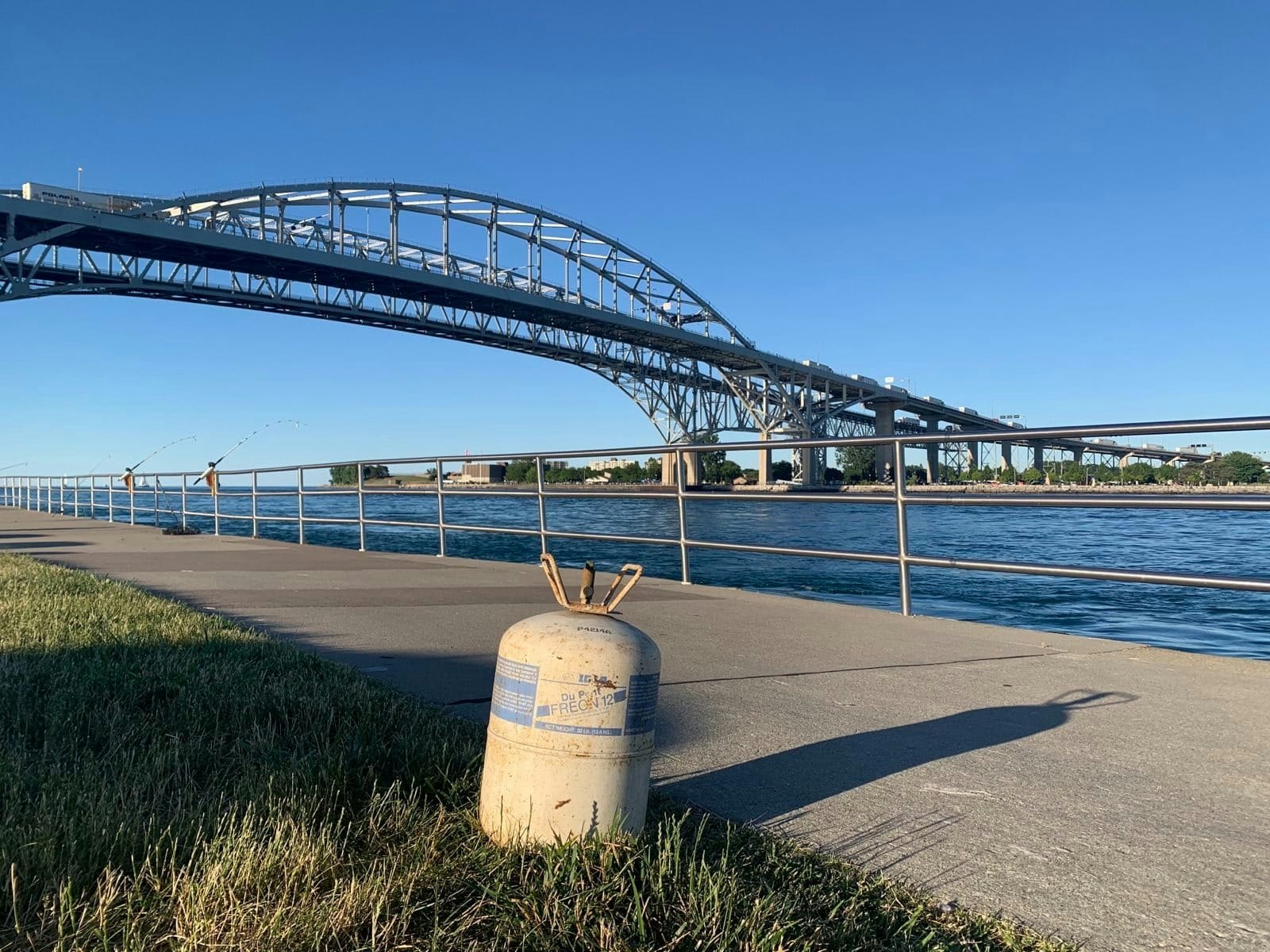Remembering our Common Goal: Saving the Planet

We’ve all seen the recent headlines about the consumer class action lawsuit filed against Delta Airlines and the misrepresentation of their carbon-neutral claims. Not long before that, we saw news coming out of the European Parliament around greenwashing, subsequently leading to a push for a ban on businesses’ carbon neutrality claims.
One might think that as someone who works for a carbon offset project developer, these headlines would upset me, but what I truly come out feeling is disappointment.
It is no news to us that not all carbon offsets are created equally, but this does not mean that they do not each have a role to play in the fight against climate change. They won’t be able to play that role, however, without increased honesty and transparency.
Earlier this year, our COO released a statement talking about the important role carbon credits play in the fight against climate change, and Tradewater’s efforts to bring young people into the fight to tackle non-CO2 gases.
I happen to be one of those young professionals who left my graduate program looking for a way to fight climate change head-on. I knew when I was looking for jobs that I wanted to be on the ground doing something tangible. Something I could quite literally, physically do.
And boy, did it get physical!
I started at Tradewater in January 2020 and in those first two- and- a-half months, I traveled across over seven different states collecting and transporting thousands of pounds of refrigerant. There are so many procedures, policies, and regulations at play in the work we do, from the type of material we can buy to how it’s collected and transported. It’s a lot of information to absorb, let alone to ensure we’re putting it into practice.
Yet, I had the chance to learn the most from the individuals we purchased material from. I listened to their stories about how they obtained this material and why they still held onto it after all these years. They’d talk to me about the cars they used their R-12 refrigerant on and how it differed from newer alternatives on the market. It became evident to me that not everyone embraced the shift towards lower global warming potential (GWP) refrigerants.
However, they found an opportunity and incentive through companies like ours to sell their old stock. It seemed that despite our differing objectives, we managed to find a middle ground that resulted in a net good.
This all added a human element to the work I was doing, and solidified my feeling that it was real—real in that beyond the ramifications of climate change, it had a very tangible effect on the individuals we are working with and the communities they service. As my role at Tradewater has evolved, it’s become even clearer that there is a crucial need for a company like ours to provide a financial incentive for individuals, companies, and communities to properly retire this material.
All of us here at Tradewater share the frustrations that are bubbling up about the ways in which we talk about and market carbon offsets. We welcome the valid scrutiny of the work that we do and will continue to be transparent and push for others in this industry to do the same. It is especially important in this day and age to scrutinize the media we consume and ask for accountability from those that have proven to purposely mislead the public.
The passion we feel for this work is palpable, and only further bolstered by the tangible change we see ourselves making every time we send out our next shipment. Our work here at Tradewater truly is a team effort, and I feel fortunate to have found my way into this unique corner of the climate movement. It is my hope that as we continue to hold each other accountable, we do not lose sight that we are all working towards a common goal: a more sustainable future for all.